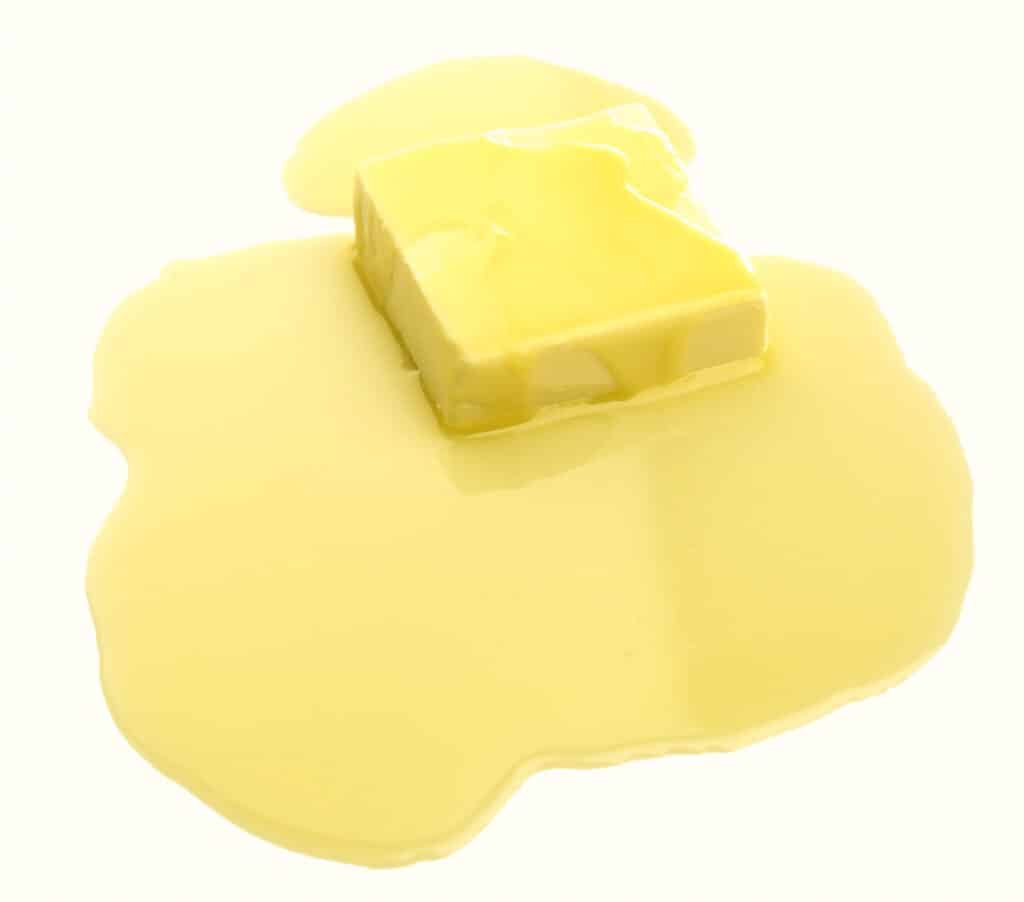Stop telling Clients to Relax – Try This Instead
How often do we instruct our clients to relax? Relax your neck. Relax. Relax your arm. Just relax. Relax your hand. Relax it. If only it were as simple as hearing the word relax to prompt immediate, welcome relief. Unfortunately, it just doesn’t work that way.
Relaxation—specifically, the ability to release stiffness or muscle tension—is a skill. Many clients seek out massage services because they struggle to relax on their own. Prolonged stress can lead to a sort of somatic forgetfulness in how to regulate muscle tension. While our proprioceptors can detect rapid changes in muscle tension, they don’t inform the nervous system about the duration of this tension. Consequently, the homeostatic mechanisms that should notify us of our tension levels malfunction. Tactile and kinesthetic feedback from activities like massage or exercise can help retrain our nervous system. These sensations act to ‘reset’ our tension thermostats, enabling them to operate correctly once more.
Additionally, we can employ another technique to adjust our neuromuscular responses: the use of imagery.
Researchers have shown us time and time again that simply imagining a stressful situation can bring on all the symptoms of stress. And we’ve all experienced this firsthand. Remember back to a time when you had to make a difficult call, maybe to break up with someone or to confront someone about their bad behavior. You know that just the thought of making that call got you worked up with anxiety as you imagined the scenario in your mind over and over again before actually making the call.
We use visual metaphors to describe our experience. You are under so much stress that you are trying to just hold it together so you don’t fall apart. You are wound up by stressful events. You may feel tied up in knots. You are being pulled in too many directions and stretched to the limit. You may feel as though you are carrying the weight of the world on your shoulders.

The Freedom to Determine How We Act
Visual Metaphors: We often use visual metaphors to describe our mental and emotional states, like “being tied up in knots” in response to stress.
These visual metaphors have not gone unnoticed by relaxation specialists and movement therapists. These somatic practitioners have found that they can use visual imagery to reduce stress and change neuromuscular patterns of tension and even movement.
You’ve probably heard of a relaxation technique called autogenic training. This is a very popular relaxation technique that uses imagery as a way to get the body to relax. To perform this technique, a person lies down in a comfortable position and mentally navigates through each part of their body. As they do so they visualize each segment as being warm and heavy. They imagine that part of their body sinking more and more deeply into the floor. The result is a deep feeling of physical relaxation.
So the next time you encounter a client who holds their arm stiffly as you try to massage it, don’t tell them to relax it. Instead, just hold that part of the body still without moving. Ask them to focus their attention on that particular area of their body. Ask them to imagine a warmth slowly spreading through the arm, starting in the shoulder and slowly spreading down the length of their arm to their forearm, to their hand, to their fingers. Have them visualize the warmth radiating out of their arm bones into the muscles. Have them imagine their arm as becoming heavier and heavier, sinking into the table.
Ideokinesiology refers to the concept that the mind and imagination play a key role in how the body moves and functions. The term combines “ideo,” meaning ideas/images, and “kinesiology,” – the study of human movement. This approach was pioneered in the early 1900s by Mabel Todd, who researched how visualized images and ideas can positively influence the body’s patterns of tension and relaxation.
The core premise is that chronic muscle tension and improper body mechanics are often caused by faulty mental images we subconsciously hold about posture and how we move. These images get reinforced until they become unconscious habits of misuse resulting in stiffness, pain, and poor coordination.
Ideokinesiology uses mental images to correct these problems. In the spirit of Mabel Todd, you can use the visual concept of “softening” areas of bound-up tightness to rewire patterns of tension. You’ve probably heard yoga teachers use this visual metaphor.

The Freedom to Determine How We Act
Try “Softening”: Instead of telling your clients to relax, which they don’t know how to do, use the power of imagery. Ask your clients to soften, like butter, ice, clay, or dough.
Again, when you feel your client holding an area of their body stiff and are unable to relax the limb, stop doing massage and just hold the area. Instead of telling them to relax, ask them to focus on the area and to feel it softening. You can make the image more visually concrete by asking them to think of their muscles as being like butter that is slowly warming and softening. Have them visualize the butter softening more and more until it starts to drip off their bones.
You can use a variety of metaphors like this to help facilitate muscular relaxation. Feel free to use the ones that resonate with you and your client. Here are a few suggestions:
- Ice – Visualize your muscles as hard ice surrounding your bones. As you breathe in warm sunlight, visualizing it pouring over your body, the ice begins to melt. As the ice turns to water, it drips down into the table or the floor.
- Clouds – Imagine tension and tightness as clouds. See the clouds slowly dissipating, fading away, leaving a clear blue sky behind.
- Sandcastles – Visualize areas of tension in your body, being sturdy sandcastles. As waves from the ocean come in, see them gently wear down the sandcastles, crumbling them until they dissolve back into flat smooth sand.
- Knots – Picture knots and tangles tightening in your muscles. Then begin to patiently and gently undo them one strand at a time, loosening and unraveling the knots until there is nothing left but loose, relaxed threads.
- Flowers – Imagine closed-up flower buds tightly wound and contracted. As you breathe in warm sunlight, visualizing it pouring over your body, see the flower buds slowly unfurl their petals open, becoming soft, supple, and relaxed.
- Fabric – Envision areas of muscular tension as fabric that has been wadded up tightly into a ball. Feel a gentle warmth beginning to relax each fiber of fabric until it loosens and unwinds, falling back into a smooth, flowing sheet.
- Clay – Picture areas of tension in your body as hardened clay. As moisture is added back in, see the clay becoming malleable again – visualize kneading, stretching, and softening until it is a loose lump, all rigidity is gone.
- Dough – Imagine your muscles as bread dough surrounding your bones. Feel the dough softening and slowly sliding off the bones and onto the table, where it expands and flattens.
This type of sensory-guided technique relies on interoceptive feedback – noticing subtle felt shifts in tissue state in response to the visualized suggestions. It taps into the connection between mind and body. While we can provide sensory-motor input through massage, integrating mental visualization can enhance its effectiveness. The next time a client has difficulties letting go of their tension, instead of just asking them to relax as you massage, guide them through a visualization journey and encourage them to soften.


